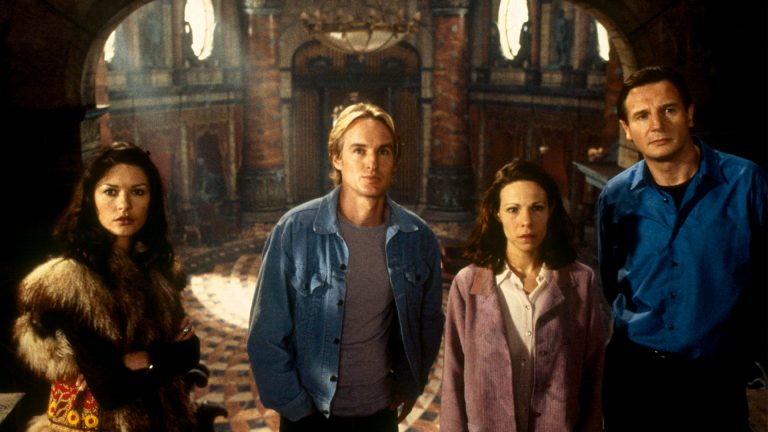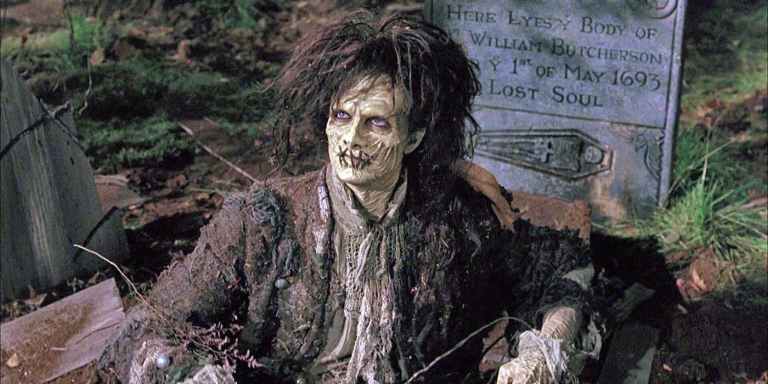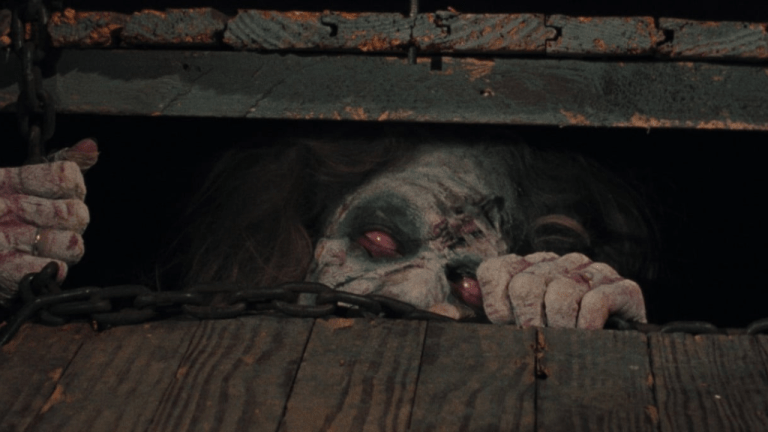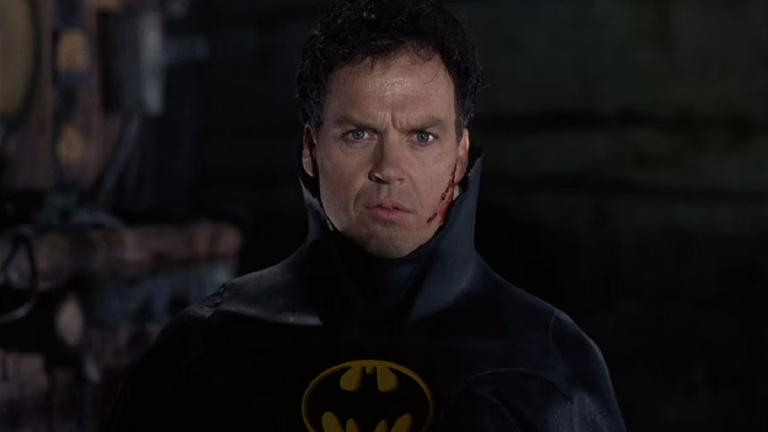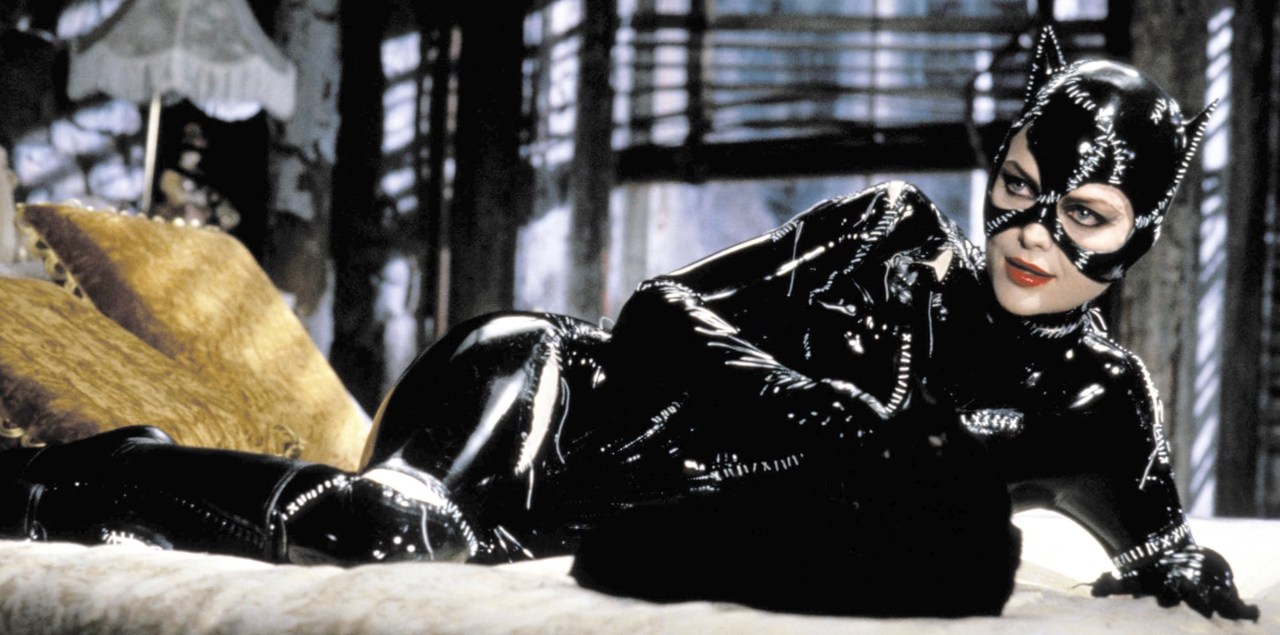
Whatever Happened to Tim Burton’s ‘Catwoman’ Movie?
By ![]() Josh Lezmi
Josh Lezmi
Though Tim Burton’s 1992 superhero flick Batman Returns was controversial upon its release — with many noting that it was too dark and gritty for the young demographic marketed to — Michelle Pfeiffer’s Catwoman was universally praised.
Pfeiffer brought seduction and empowerment to the character in equal parts; her feline-like grace, boasting a slinky walk and agile combattant maneuvers, paired perfectly with the air of mystery always lurking just beneath her surface. She delivered comic book camp with sincerity and flair. Not to mention, her electric chemistry with Michael Keaton’s Batman had us all watering at the mouth. She brought sex, fire, independence, unpredictability, vulnerability, playfulness, and psychological torment to a larger-than-life individual who could have easily fallen victim to caricature over character.
Though Tim Burton got the axe after Batman Returns, as Joel Schumacher was recruited to helm a lighter Batman Forever, Burton got the rights to a Catwoman spinoff in the divorce. So, whatever happened to that movie? What was the movie going to be about?
Tim Burton recruited ‘Batman Returns’ screenwriter Daniel Waters to pen the ‘Catwoman’ script
Burton’s intentions for Catwoman were not as lavish as those for Batman Returns. He wanted to make it a small-scale creepy film with a quaint, little-town atmosphere, as Bullets & Blockbusters reports. However, Waters had a different vision, so he ignored Burton’s guidance and went big.
Waters placed Catwoman in yet another fictional city called Oasisburg, which emulated Las Vegas — an “urban island in a sea of dirt and sand.” Three superheroes who turn out to be not-so-heroic preside over and “protect” the city. Think Prime Video’s The Boys — yet years before this show would flip genre tropes on its head. The trio call themselves the “Cult of Good” (using cult in their name not-so-subtly hints at their nefarious intentions), yet travel from city to city masquerading as different heroes and fighting fake criminals to gain the public’s trust and admiration. Talk about a need for approval. They then fake their deaths to orchestrate a grand-scale heist, take the money, and go to another city where they rinse and repeat the method. Each town is left thinking that their so-called heroes made the ultimate sacrifice when they were and remain self-serving narcissists. So, where does Miss Selina Kyle fit in?
Selina winds up in Oasisburg after a mysterious hunchback older woman (cue stereotypical creep factor) sends her there to recover, as she copes with her amnesia. Selina now lives a humdrum life as a cocktail server at a casino, and desperate for answers, she seeks out a support group. Yet, this mysterious older woman from the start of the film is always watching from afar.
Selina follows the older woman to the Cult of Good’s secret lair on one dark and dreary night. The “heroes” spot Selina and she makes a run for it. The Cult of Good ends up catching the mysterious older woman instead, who they kill. Yet, Selina has a brief interaction with the elderly woman before she dies and spots a peculiar key hanging around her neck.
Selina takes the key, travels to the woman’s home, and finds an ancient chest with, you guessed it inside: her Catwoman get-up. Her memories come flooding back, as she slips into that leather suit once more. She then takes to the city to punish the men who are manipulating their way to fortune and undeserved fame. Catwoman’s vigilantism inspires copycats and, by the end of the film, the legion of Catwoman comes together and defeats the Cult of Good. The movie was going to be a gritty (likely campy) and darkly satirical take on the male superhero ego.
So, what happened? Why did this movie never see the light of day?
On the day Batman Forever premiered in theaters, Waters submitted his Catwoman script to Warner Bros. Poor planning, much? Batman Forever was a family-friendly superhero flick with an emphasis on heroic positivity, high-energy choreographed fight sequences that maintained levity, and a more vibrant color palette. His Catwoman was the polar opposite. Waters received no feedback on his script.
Burton, still yearning to make a small-scale film, and aware that Water’s Catwoman would not scratch that itch, shifted his attention to helming Ed Wood. Pfeiffer yearned to reprise Catwoman and reportedly later joked with Waters that his loony script led to the film’s demise. Waters’ first (and very rough draft) is available to read online. It’s important to note that, had the film moved forward, the narrative likely would have seen several edits following cooperation from Burton, Pfeiffer, and the studio (which he expected). Waters technically could have gotten a writing credit for 2004’s Catwoman (given that he technically penned the first draft the movie would utterly upend), but he ingeniously requested his name remain far from that disaster. Unfortunately, we now have one bad Catwoman movie (despite Halle Berry doing her darndest) when we likely could have had an epic Michelle Pfeiffer film to rewatch after our Christmas-time viewing of Batman Forever.
